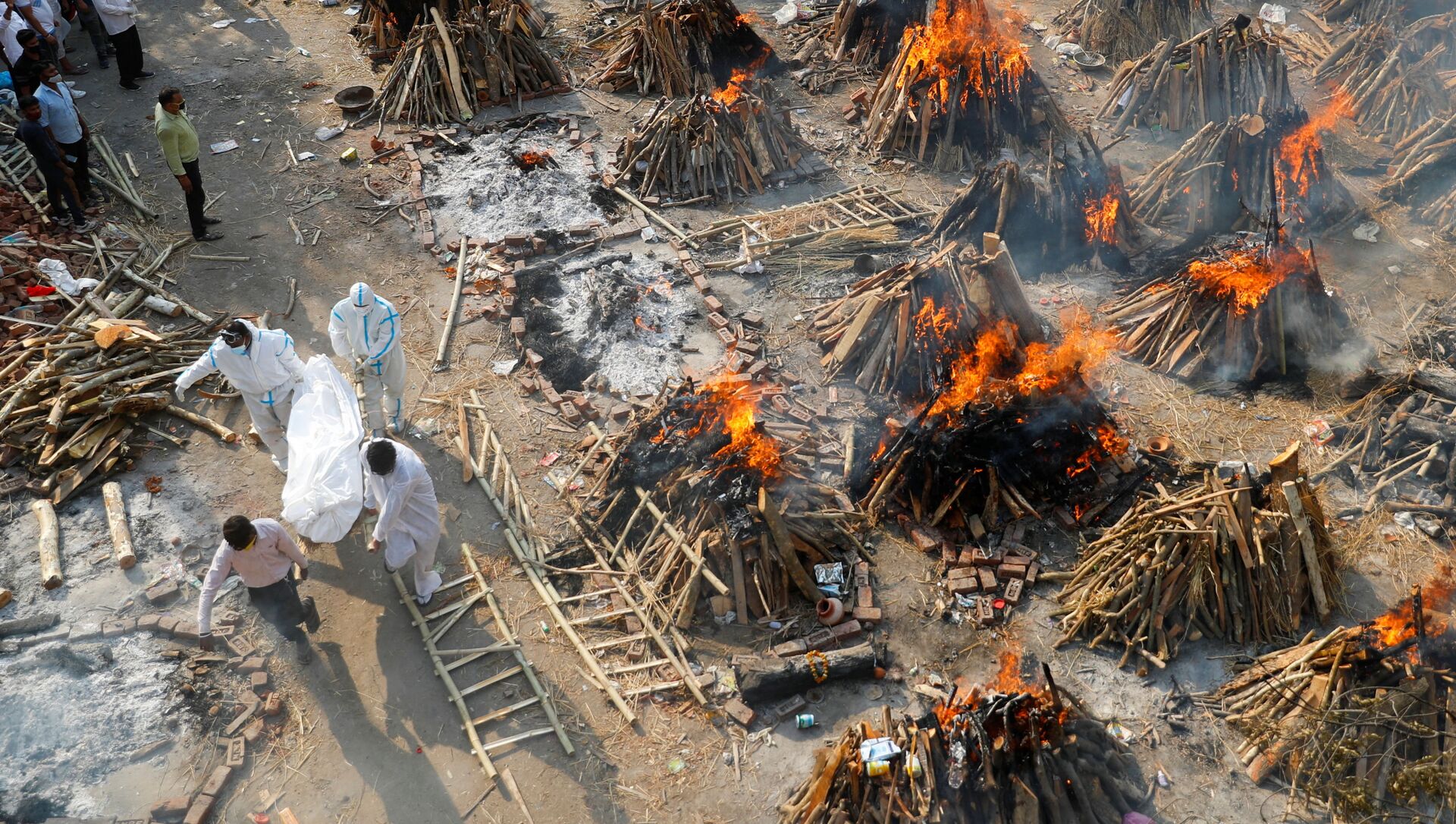A study by the All India Institute of Medical Sciences (AIIMS) has found that the transmission of coronavirus from the dead is highly unlikely.
This may bring about a change in the way the last rites of COVID-19 victims are held in India.
"Coronavirus does not remain active in nasal and oral cavities 12 to 24 hours after the death of an infected person," Dr. Sudhir Gupta, the chief of Forensic Sciences and Toxicology at AIIMS, the leading research institute in Delhi, suggests.
"Around 100 bodies were re-tested for coronavirus infections in an interval of 12 to 24 hours after death and the result was negative. Since there is no respiration in the dead and no way of releasing the virus, the chances of transmission of the virus are next to negligible."
He also added that people should not panic and abandon the bodies of their loved ones for fear of contracting the virus.
"We have seen several cases where people are not coming forth to prepare dignified last rites. There is no need to wear PPE kits to cremate the body; basic precautions like wearing masks and gloves will ensure adequate safety. There is no risk at all in dealing with dead bodies. For safety purposes, the nasal and oral cavities of the body should be plugged to prevent the leakage of body fluids. People can maintain their regard for the dignity of the dead, which is the right of every dead body. That was the only motive of my study," he said.
Reports of locals stopping families of COVID-19 victims from performing their last rites due to fear of transmission have poured in from across the country during the pandemic. In many cases, people refused to collect the remains of their loved ones after cremation due to fears of infection.
The study's findings can have major implications on the manner in which the COVID-19 victims' mortal remains are disposed of.
There have been several disturbing instances reported from across the country where locals objected to the cremation of COVID-19 victims, even in cremation grounds.
In the state of Uttar Pradesh, an elderly man was forced to carry the body of his wife on a bicycle for hours because villagers did not allow the funeral, fearing the spread of coronavirus.
For dignified last rites, Hindu cremations require elaborate rituals to be observed, including the washing of the body before it is burned. After two to three days, ashes and bones are collected from the cremation site and kept in a pitcher. Elaborate rituals culminate with the immersion of the ashes and bones in rivers.






